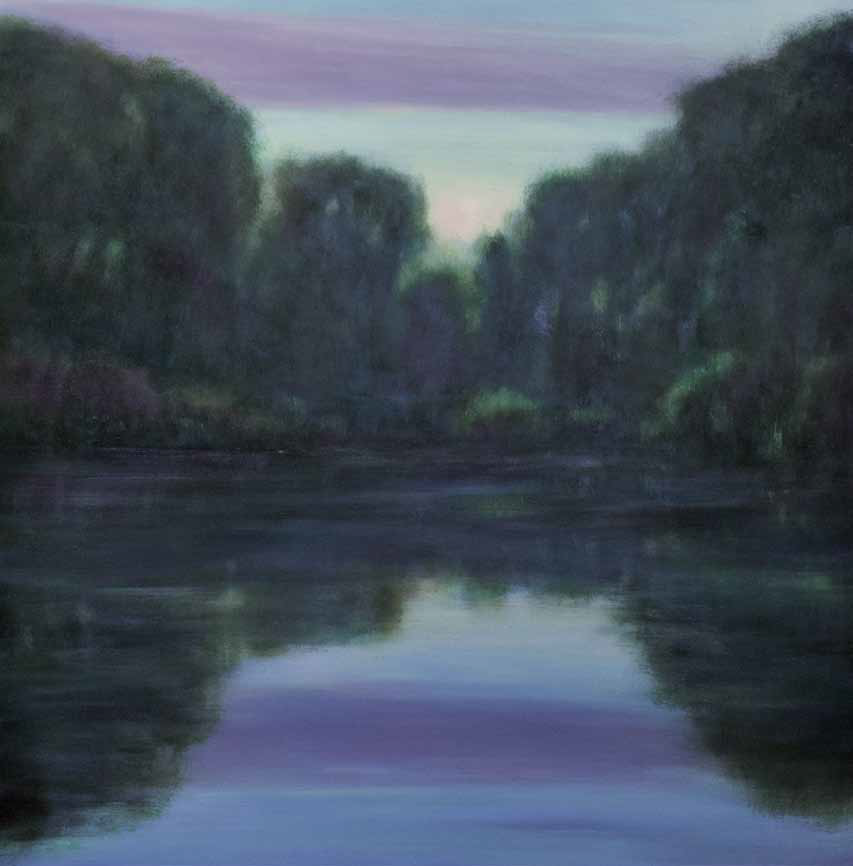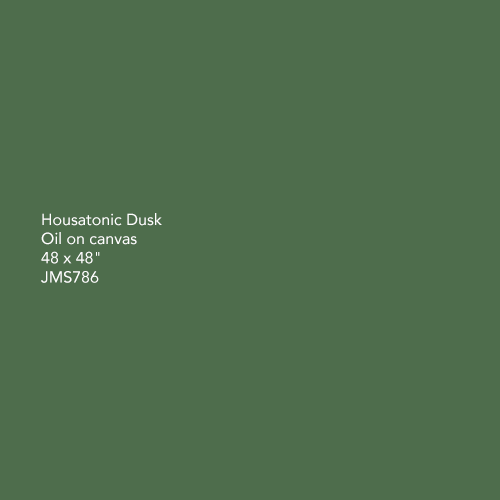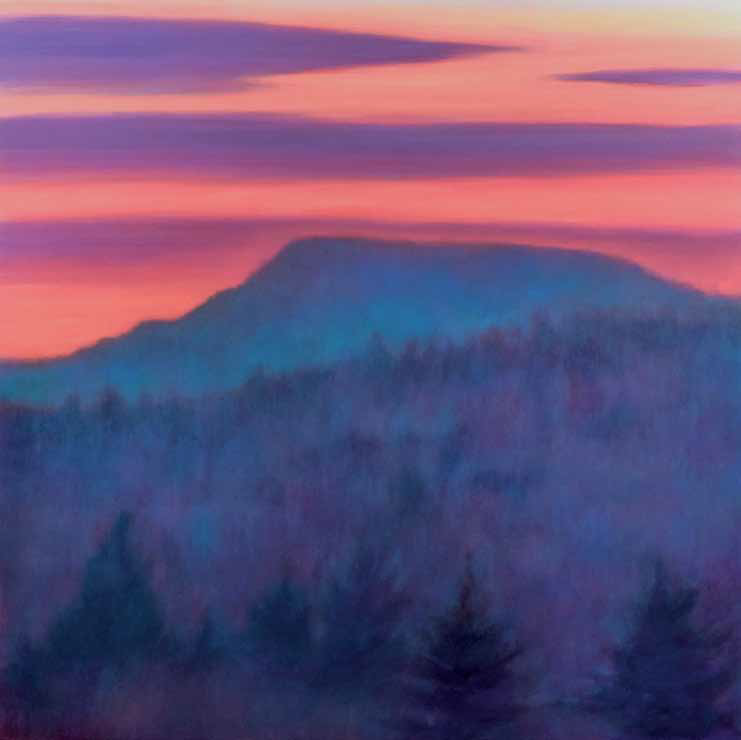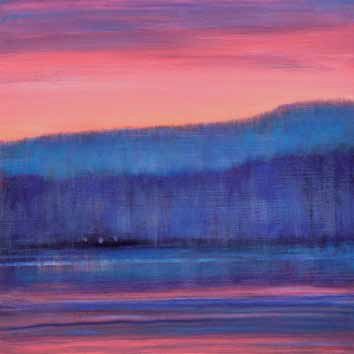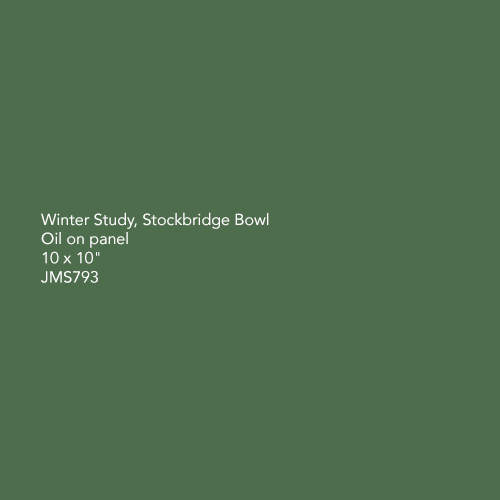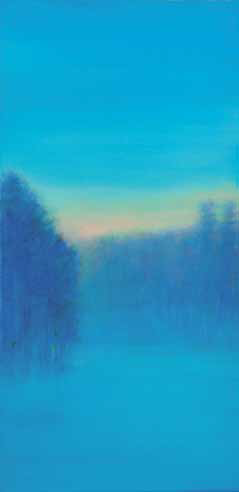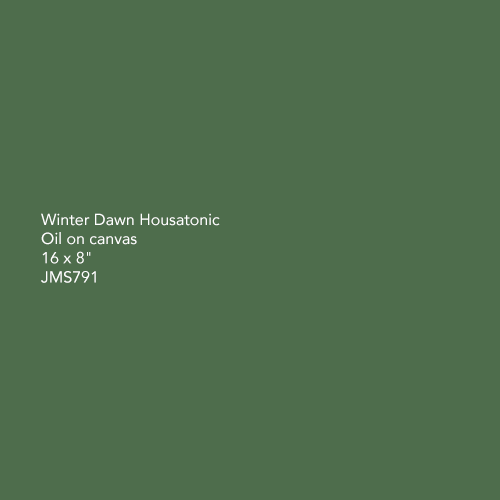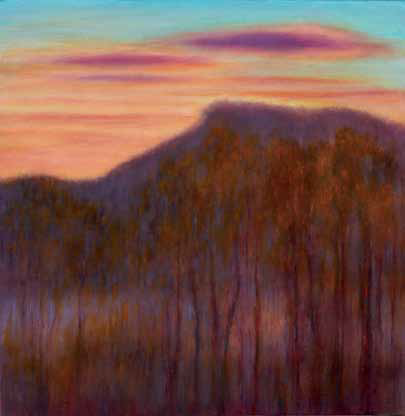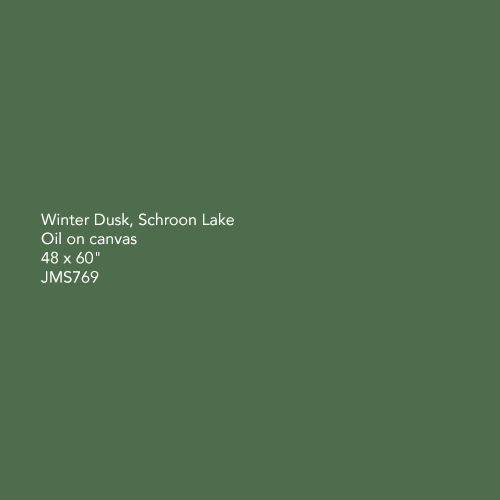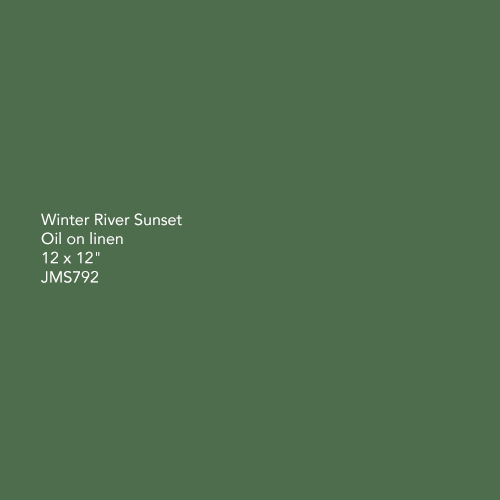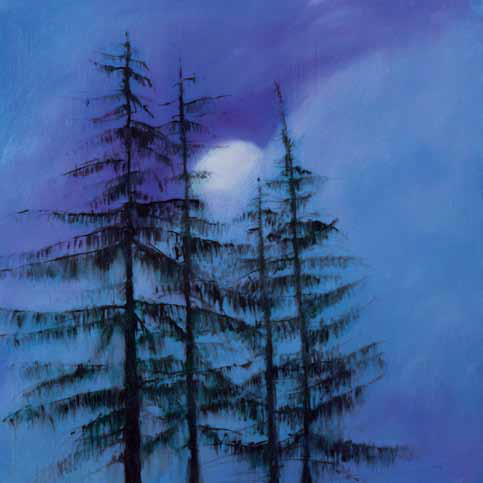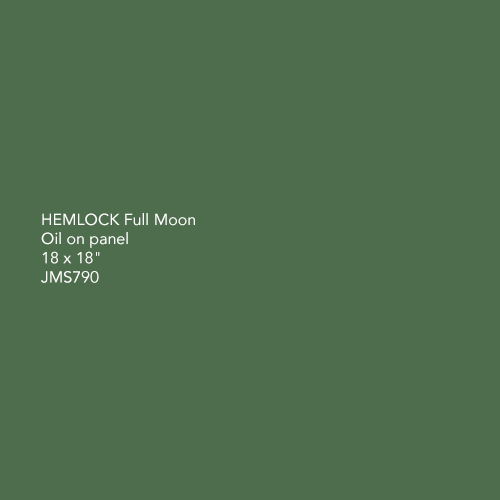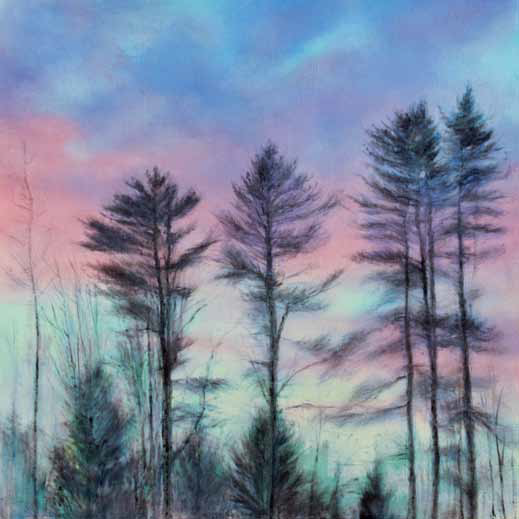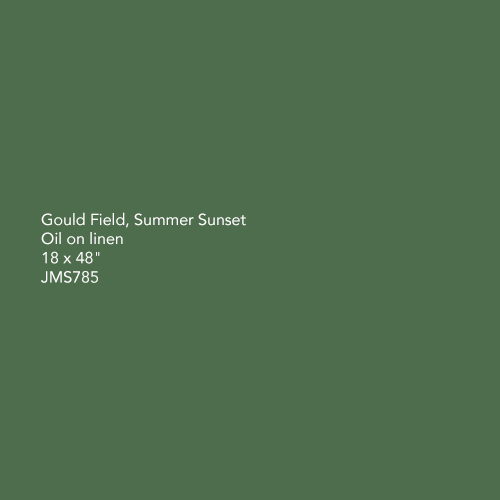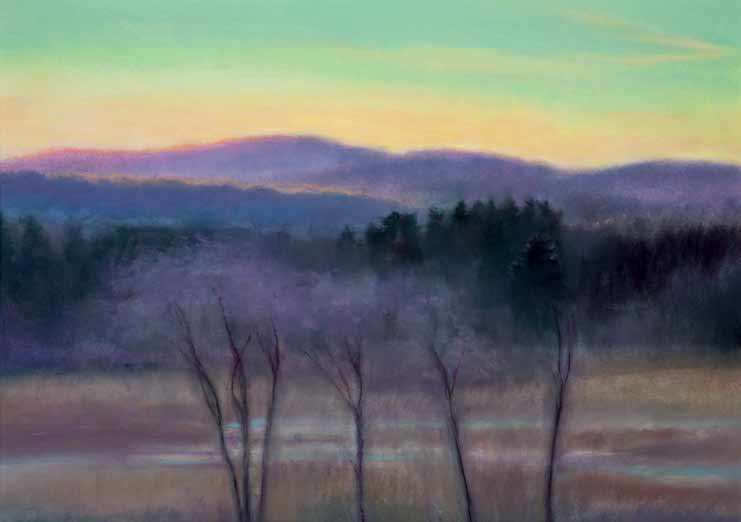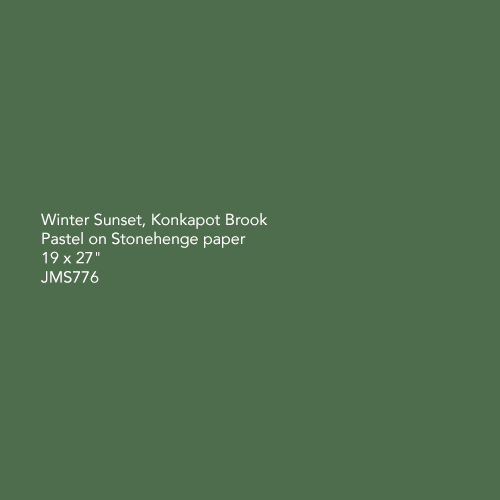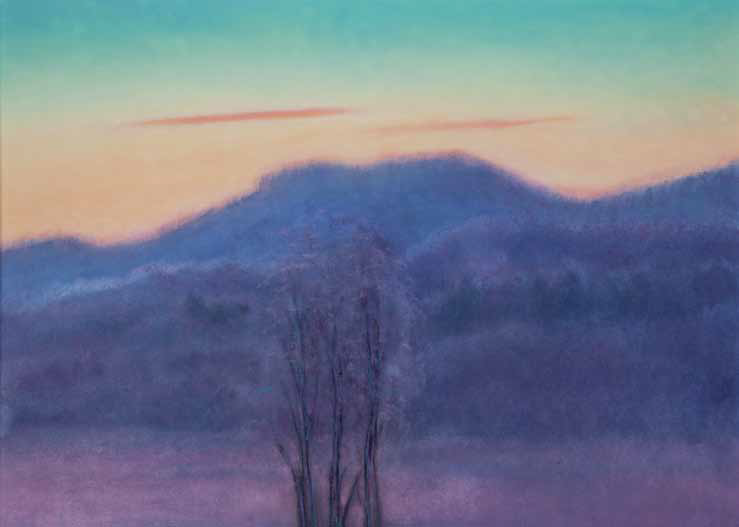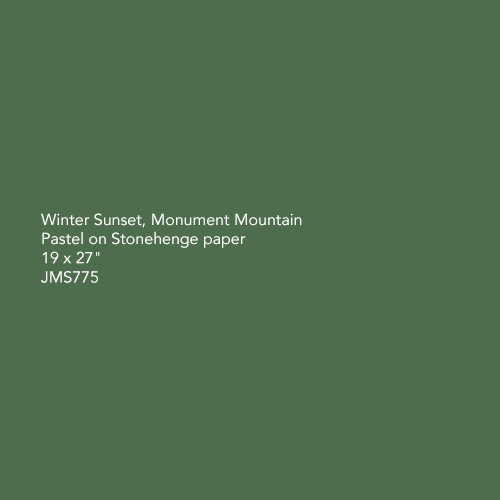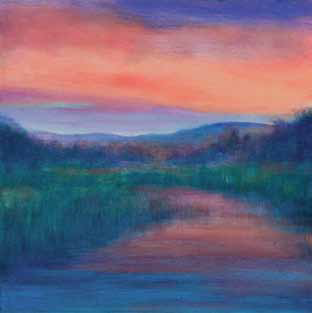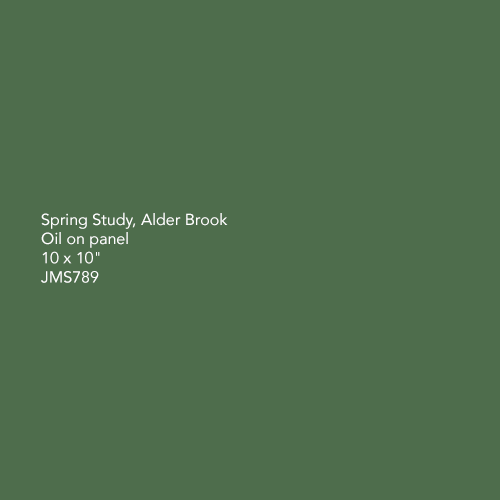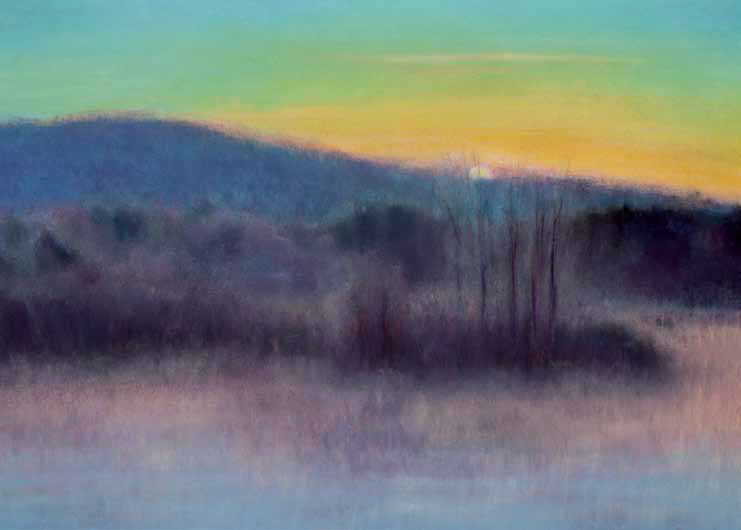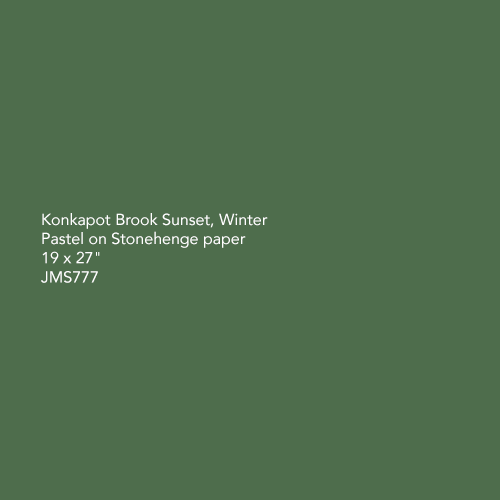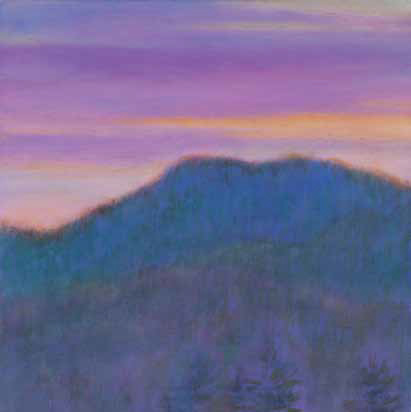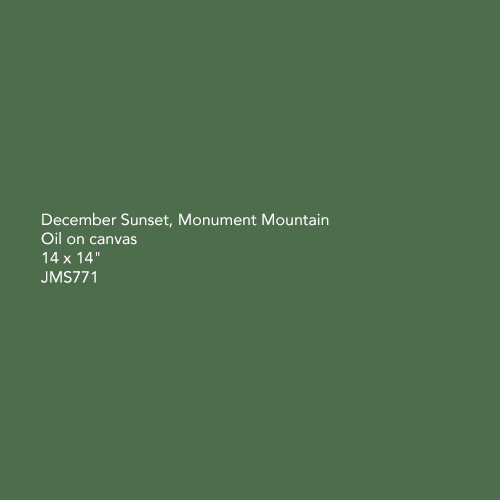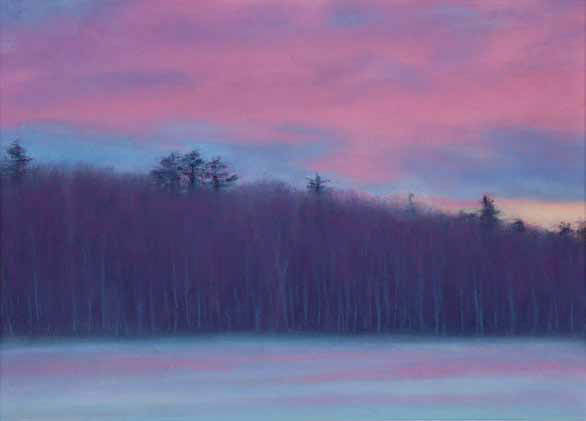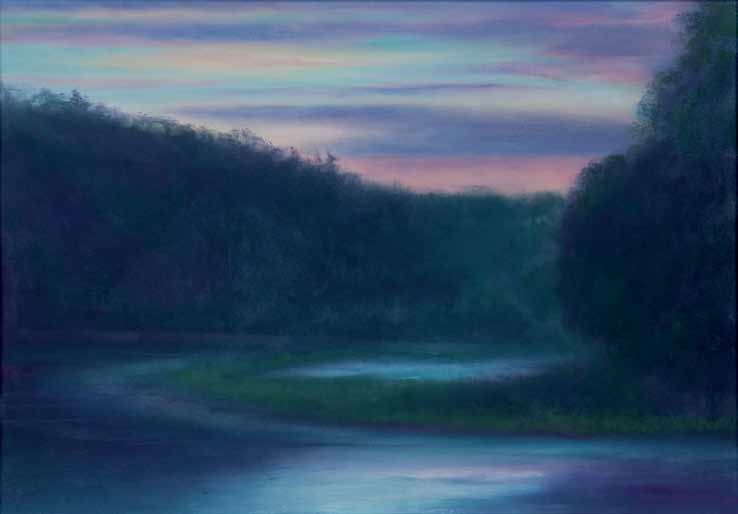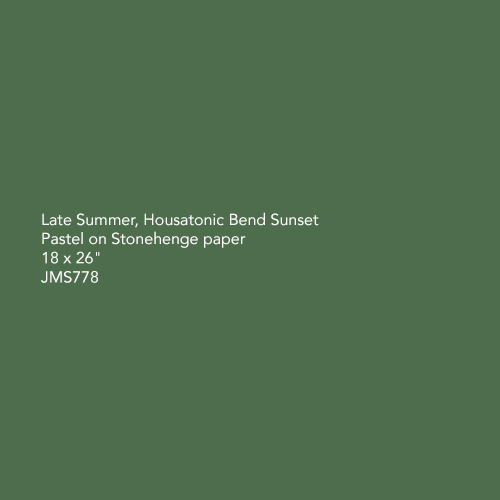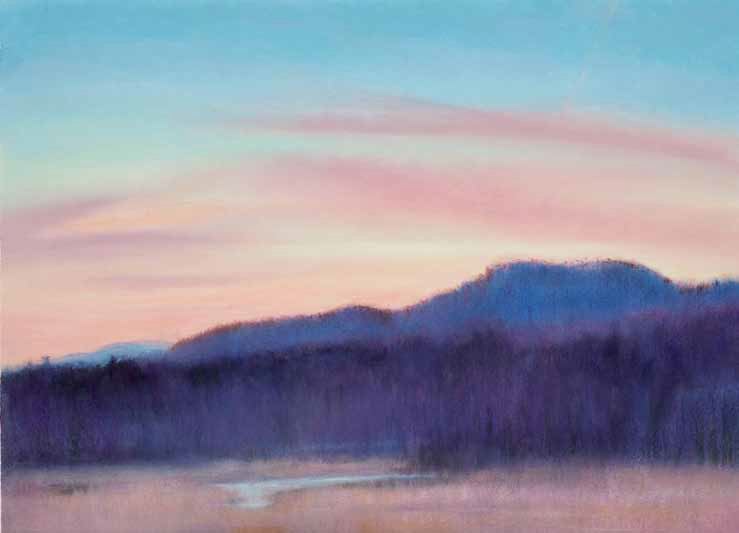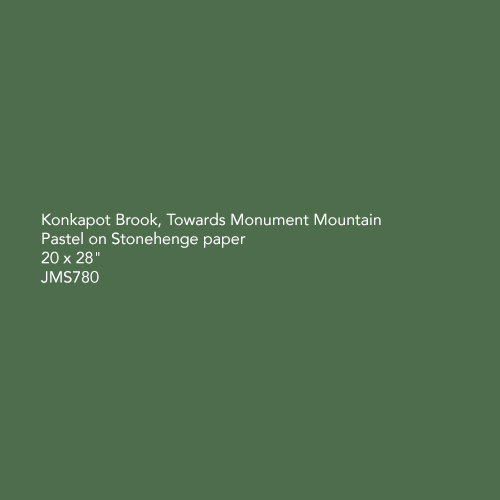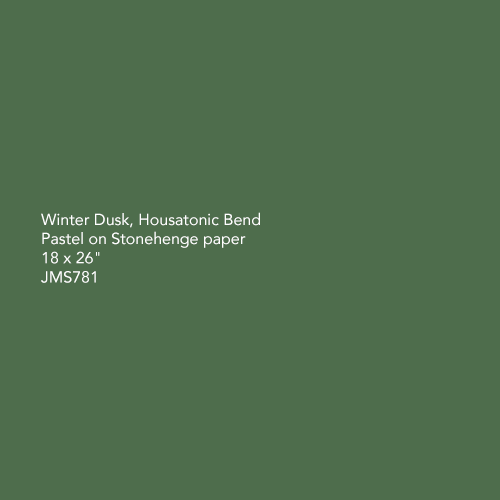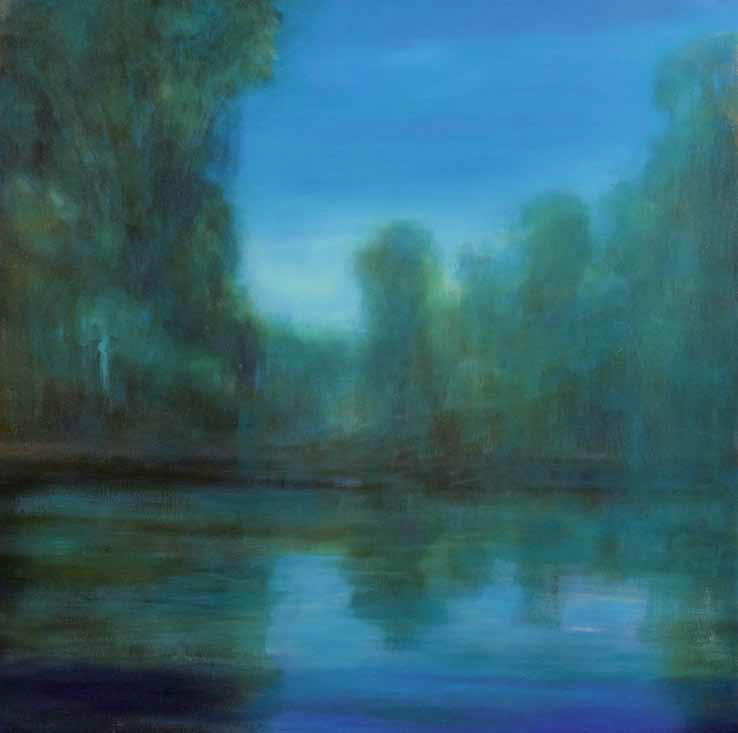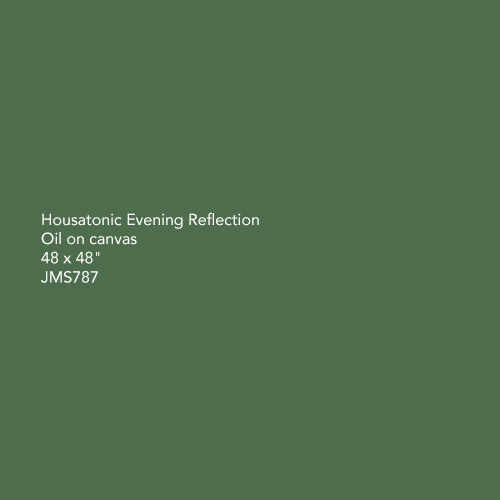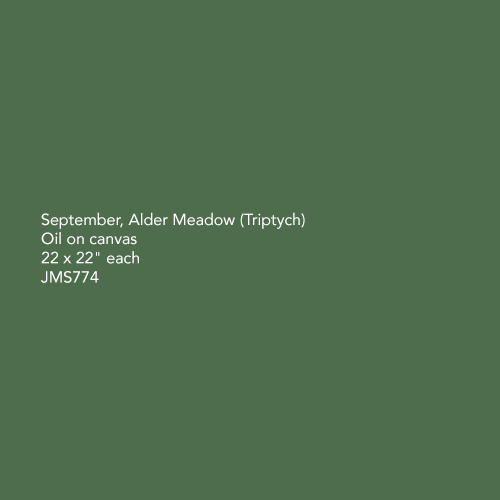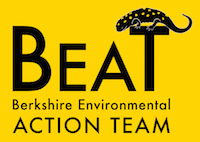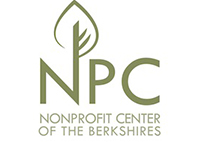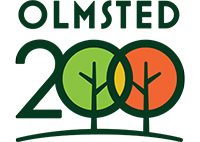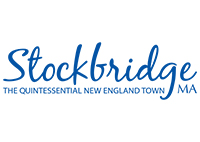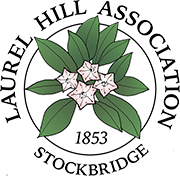The Laurel Hill Association presents this virtual gallery on artists who are informed by nature in an effort to bring more awareness to the importance of our natural habitat and greater connection to our community.
Jim Schantz
Click the image to enter gallery. Titles and captions follow images.
THE ETERNAL SOURCE
New work by Jim Schantz
The works in this exhibition are divided between oil painting and pastel. Each has its own unique qualities and offers different approaches to interpreting nature. This distinction between them allows me to investigate different sensibilities. The larger canvases favor a gestural approach, whereas pastels require a subtle and delicate application. I love finding balance between the two mediums and how they feed off one another.
My intention within the subject matter also balances two arenas—the environment and the spirit. The Housatonic River has inspired artists and poets for generations, offering a place for quiet meditation. It continues to be a source of inspiration for me, and a symbol of hope. This resource, once on the verge of destruction due to PCB pollution, has through environmental efforts led by the Housatonic River Initiative rebounded as a resource for wildlife. Our efforts to protect the environment are more important than ever and water and air are of prime concern. Rivers are a source for life, from which a healthy evolution depends, and a reminder of how we must be vigilant with protecting our natural resources.
Monument Mountain has been an iconic subject, visible from many perspectives throughout the area. It was a sacred site of the Mohican Nation, who lived in the Berkshires for thousands of years before the arrival of the Europeans. With the guidance of the Stockbridge-Munsee Community, the top of the mountain formation is now called Peeskawso Peak, which means “virtuous woman” in the Mohican language. Its iconic form is like a gentle sleeping figure, perhaps Mother Nature herself, and these paintings are tributes to her.
My pastels of Konkapot Brook (named after the Mohican sachem, or chief) offer a place for quiet reflection. There is a sacred atmosphere here. Gould Field is one of the many land trusts in the area, just beyond the south gate of Tanglewood, summer home of the Boston Symphony Orchestra. I often return to this field and the surrounding woodland for contemplation. The meadow frames Monument Valley with Monument Mountain as the centerpiece. The efforts of the Berkshire Natural Resources Council and other organizations have helped to preserve open space for generations. My work preserves a moment of time and a certain light.
What keeps me motivated is a constant amazement of the power of nature—the endless visual stimulus, the beauty that surrounds us. These are places that one can escape to and find healing during difficult times. My intent with the work is to bring the viewer into a meditative place and serve as a reminder of the importance of the healing aspects of nature.
Each artist is on a journey and has to persevere to continue to work. With the support of my family and friends, and through my career as a gallerist working with other artists, I have been lucky to have the opportunity to create the work that I feel is important. It is not always easy, but it is rewarding to be able to paint, to make unique work with my own sensibility.
